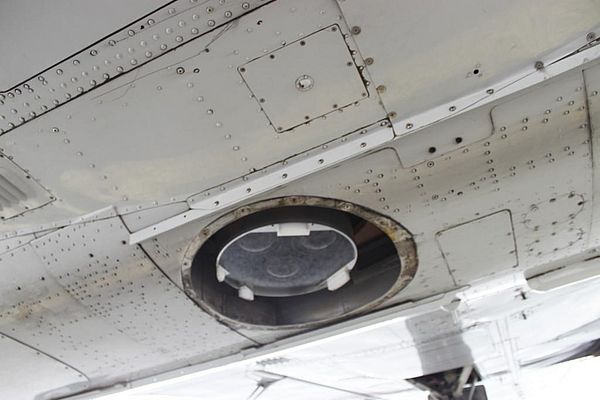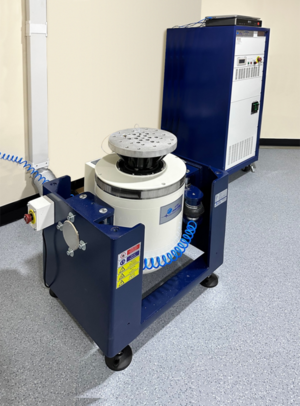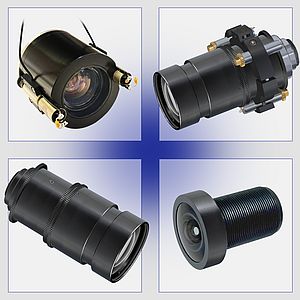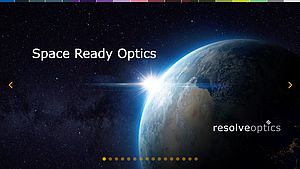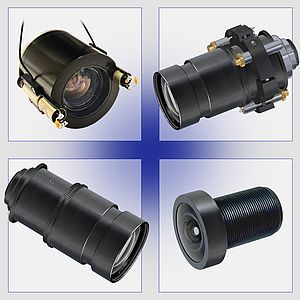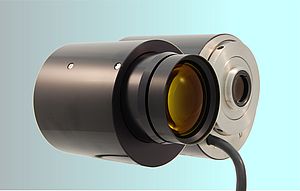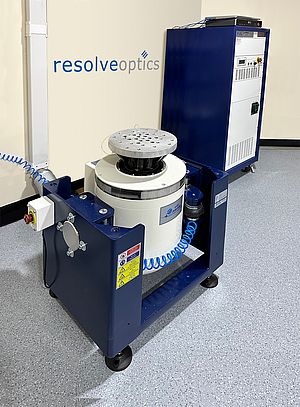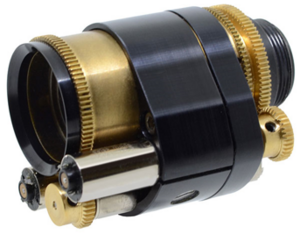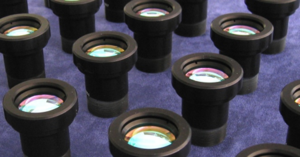IEN Europe: Why did Imao approach Resolve Optics to participate in this development project, what was Resolve's role and what were the results of the initial cooperation?
M. Pontin: Aerial data acquisition is the first step in any geospatial analysis project. Imao is a leading European aerial survey company acquiring LiDAR data and vertical/oblique photogrammetric imagery for mapping, cartography and digital terrain and surface models. Imao approached Resolve Optics to participate in this challenging optical development project due to our pedigree in innovative optical design and that we were able to demonstrate a good and clear understanding of what they were trying to achieve and the challenges that had to be overcome. Resolve’s role was to design and develop high resolution, ultra-large format lenses for the camera system and provide very accurate MTF and Distortion data for each lens. The first batch of lenses supplied enable them to produce their widely acclaimed 660MPixel aerial surveillance camera and have encouraged Imao to continue to develop the system to achieve 1 GPixel image quality.
IEN Europe: What has been achieved with the prototype 660MPixel aerial surveillance camera, what advantages does the camera offer and for what type of applications?
M. Pontin: The aim of the 660MPixel aerial surveillance camera has been to prove that it is possible to produce ultra large high-resolution images that enable very accurate measurements to be made with 1 pixel providing a ground image resolution of just 6 cm. Being used for Aerial Survey, having the ability to image such large areas with a single image means that less images are required to cover larger areas. This saves on flight time which provides significant cost saving for the customer. Imao and Resolve Optics has received a Euro 1.68M Horizon 2020 award from the EU to continue this project and create a 1GPixel camera.
IEN Europe: Please tell us about Horizon 2020 and how this funding will enable IMAO and Resolve Optics to continue their cooperation and develop a 1GPixel ultra large format aerial surveillance camera?
M. Pontin: The Horizon 2020 grant is awarded to small to medium sized enterprises (SME’s) that are able to demonstrate that they have an innovative product that they wish to develop further and bring to market. The grant is to be used to enable the employment of key staff and equipment that may be required to assist with the completion of the project targets.
IEN Europe: What technological challenges have to be overcome to create this ground-breaking 1GPixel camera, how is the project progressing?
M. Pontin: The lenses are optically challenging in several ways in terms of high resolution, minimal distortion and ultra-large format. To achieve acceptable performance from each lens the optical design of the aerial surveillance camera needs to be adjusted depending on the melt data provided for the optical glass that the elements are to be manufactured from. When assembling the lenses, the elements need to adjusted to flatten the field and maximise the performance. This requires the MTF and distortion to be measured very accurately over the entire field of view. For this set-up and testing Resolve Optics has invested in and uses a state of the art MTF and distortion test bench that has every required moving stage automated. This allows for repeatability of test to an accuracy of 0.25 micron linear and 0.006° rotation.
The aerial surveillance camera also has additional technical challenges to overcome, the biggest is being able to store the vast amounts of data generated by taking a 1 GPixel image every 2 seconds.
To date the project is on schedule for the first 1GPixel camera to be assembled and tested during 2019.
IEN Europe: Can you tell us about Resolve Optics approach to develop new optical systems that push the boundaries of what is currently possible?
M. Pontin: Not every project that Resolve Optics takes on necessitates that we have to push the boundaries of optical design, manufacture and testing. Our aim has always been to provide each customer with an optical solution to enable them to achieve their product development goals. To do this we need to gain an in-depth understanding of the customers application and appreciate exactly what the they want to achieve in terms of optical performance, operating envelope, operating environment and target cost for OEM quantities of the bespoke optical system. Optical designers are bound by the laws of physics so often it is not so much a case of pushing boundaries rather than nudging up against them and getting the customer the maximum return optically within the confines of their application.
By Sara Ibrahim




